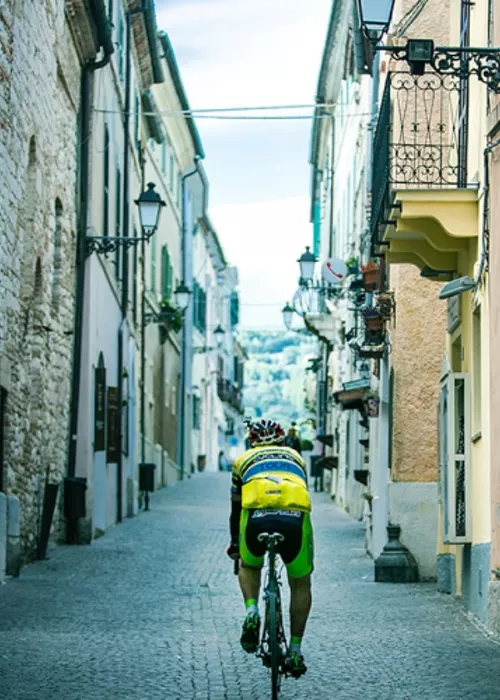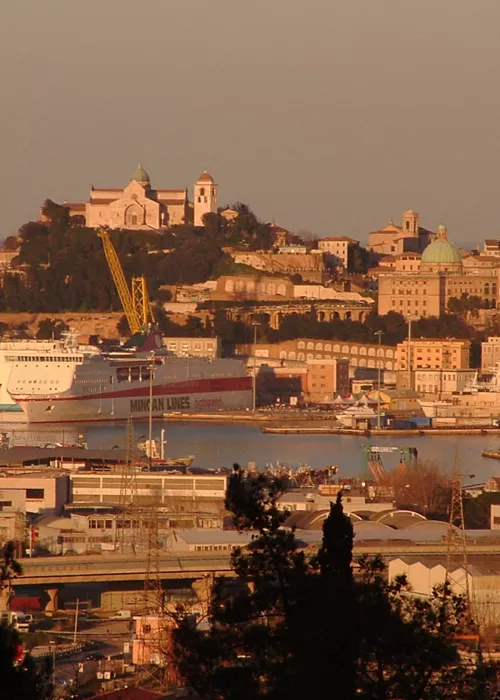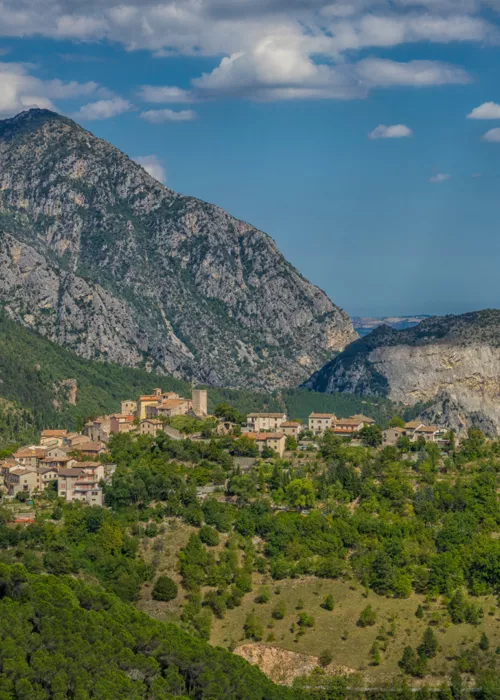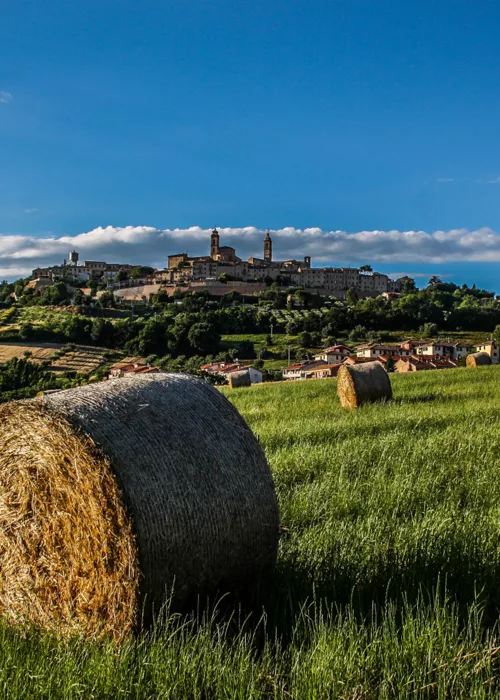International Accordion Museum in Castelfidardo: a union between sound and poetry

The first stop on the tour is Castelfidardo, home of the accordion. 450 accordions, barrel organs, bandoneons and concertinas, of which 130 are on display to the public, 45 paintings and sculptures, 550 iconographic objects, 9500 musical scores, 11000 recordings, degree theses, books and magazines.
The International Accordion Museum of Castelfidardo is a place of art, history, culture and craftsmanship. The museum itinerary spans almost two hundred years of the history of the instrument and its collection is among the most important at a national and international level. Here, homage is paid to all those artisans, entrepreneurs and artists who have dedicated their lives to the construction, evolution and valorization of the accordion, contributing to the economic and cultural transformation of our territory. First of all Paolo Soprani, who thanks to his ingenuity created the first Italian accordion industry right here in Castelfidardo in 1863. Among the most precious and important instruments in the collection is the first accordion with a celluloid exterior built in New York in 1916 and arrived in Castelfidardo in 1919, but also many instruments that belonged to great celebrities who contributed to the spread of the accordion throughout the world, for example one of Astor Piazzolla's bandoneons.
The museum was designed for visitors of all ages and also allows the little ones to try out some instruments and discover how they are built by browsing the artisan workshop, complete with the tools of the master builders.
Recanati city of music: Museum of Music and Beniamino Gigli Museum

Recanati is known for being the city of poetry and Giacomo Leopardi, thanks to the MUM we discover that it is also the city of music! The visit to the museum explores the city's connection with music through the exhibition of musical instruments and amplification tools made in the music industry district of the Recanati area, products that have made the history of yesterday and today of music and sound in Italy and around the world. The tour ends with an immersive listening room where you can discover sound peculiarities by listening to mono, stereo, multichannel and spatial music.
The MUM also pays homage to the great tenor Beniamino Gigli, an illustrious citizen of Recanati to whom the Beniamino Gigli Museum is also dedicated. The museum houses personal objects and memorabilia, stage costumes, records and recordings, books and historical documents, photographs and videos: A section of the museum is dedicated to historical photographs of Beniamino Gigli, which show the tenor at various moments in his career, both during his performances and in his private life. In addition, the museum also has video projections that retrace his career, allowing visitors to relive some of his most significant moments, a room dedicated to his international career and a tribute to his voice, with information panels that explain the main roles played by the tenor, such as those in the masterpieces of Puccini, Verdi and other composers.
Rossini: The Swan of Pesaro. Rossini National Museum and House Museum

Gioacchino Rossini, one of the greatest and most famous opera composers in history, was born in Pesaro on 29 February 1792, as the commemorative inscription on the first floor of his birthplace recalls. The visit starts from the House Museum, where autographed scores, original librettos of Rossini's operas and entire scores are on display, as well as prints and engravings, lithographs and portraits. There are also spaces dedicated to the figure of Rossini as a refined connoisseur of good food, such as the Rossini Gourmet space on the top floor and the Cantina in the basement. Particular attention is paid to accessibility, with visiting aids for the blind and deaf.
The Museo Nazionale Rossini, housed in Palazzo Montani Antaldi in Pesaro, invites visitors to immerse themselves in the world of Rossini, which is told as an opera, a musical metaphor for his intense life, in which the sections are divided into two Acts and an Intermezzo. The museum is the narration of a long artistic and sentimental journey, unique in its kind, compelling, dramatic and full of curious anecdotes. In the exhibition rooms, the highlight is the Pleyel piano that belonged to the Maestro himself. In the various rooms, each with differently colored walls and ceilings frescoed with mythological themes, paintings, busts, relics, original scores, booklets, scenography are exhibited, all accompanied by latest-generation multimedia and interactive supports, designed for easy and captivating use.
In the footsteps of Gaspere Spontini: visit to the House Museum

Maiolati Spontini is a truly fascinating corner of the Marche region, perfect for those seeking a peaceful destination, rich in history and nature. Situated among the hills, it offers breathtaking views of the surrounding countryside, with a view that on clear days extends to the Adriatic Sea. The town is famous for its connection with the great musical composer Gaspare Spontini, who was born right here.
For music lovers, a visit to the Spontini House Museum is a must. Housed in the residence where Gaspare Spontini lived with his wife Celeste Erard, the museum preserves the original interiors and offers a fascinating exhibition spread across three floors. Visitors can admire autograph manuscripts, letters, portraits, personal memorabilia, and historic musical instruments, including two precious Erard fortepianos. The living room and bedroom provide an intimate glimpse into the composer's daily life during his final years, while official honors and rare editions of his works bear witness to the international acclaim he achieved. The experience is further enriched by a specialized music library and the museum’s membership in the National Association of Houses of Memory, which celebrates the historic homes of Italy’s most illustrious figures. A stop at the Spontini House Museum offers not only an immersion into the music of a great master but also into the cultural atmosphere of an era that left an indelible mark on European history.


?wid=1080&hei=660&fit=constrain,1&fmt=webp)








